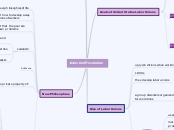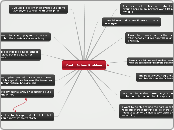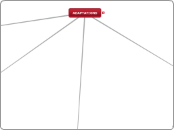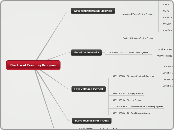Industrial Revolution
New Philosophies
Social Darwinism
Business owners use this to explain their power and wealth
the poor were lazy and stupid, did not apply what the Darwinists said
the Darwinists said that like the animals, the people who were more apt, intelligent and apt, increased their wealth
people take their work and adopted it to humans
he studied animals, not humans
1859
wrote About the Origin of Species and Natural Selection Means
1842
he wrote his essay called Natural Selection
Charles Darwin
his theory said that animals stronger and more adapted so that they overflow
there is no private property of:
or any other business
railroads
factories
socialism
there are no capitalists
the members of society share goods, just like work
the control of the means of production and distribution of goods
they are owned by society
other people thought that the poor are responsible for their own problems
people thought about how to develop a way to improve the conditions of workers
new philosophies of life
The New Middle Class
the working class life was made much more difficult
to the rich and with high performance was a time of discovery and research
Middle-class families
the wives did not work outside the home
their work was:
make a nice space for their husbands when they returned from work
take care of children
control the maids
they had a servant or two
they had houses:
single-family homes with yards
well-built
big
lived around the central city
working-class neighborhoods
the industrial revolution was commissioned to create new middle class members
mens
handle new business
they provided the money to be able to build new factories
since the Middle Ages
professionals such as lawyers
doctors
shop owners
merchants
crafitworkers
Rise of Labor Unions
The Unions
1900
the unions made progress in:
United States
Western Europe
won the right to strike in Great Britain
1870
marches are organized to make the problems known
used strikes, or work stoppages
to be able to pressure the workers
a group of workers organized the protests for conditions
safety measures
the age limits towards children who work
work hours costs
they develop labor unions
1800s
ugly conditions when working
Goals of United States Labor Unions
Woman's Trade Union League
minimum wage
American Federation of Labor
benefits for injured workers
Subtema
safer working conditions
higher wages for working men
Knights of Labor
end child labor
equal wags for women
eight-hour workday
1850-1910









